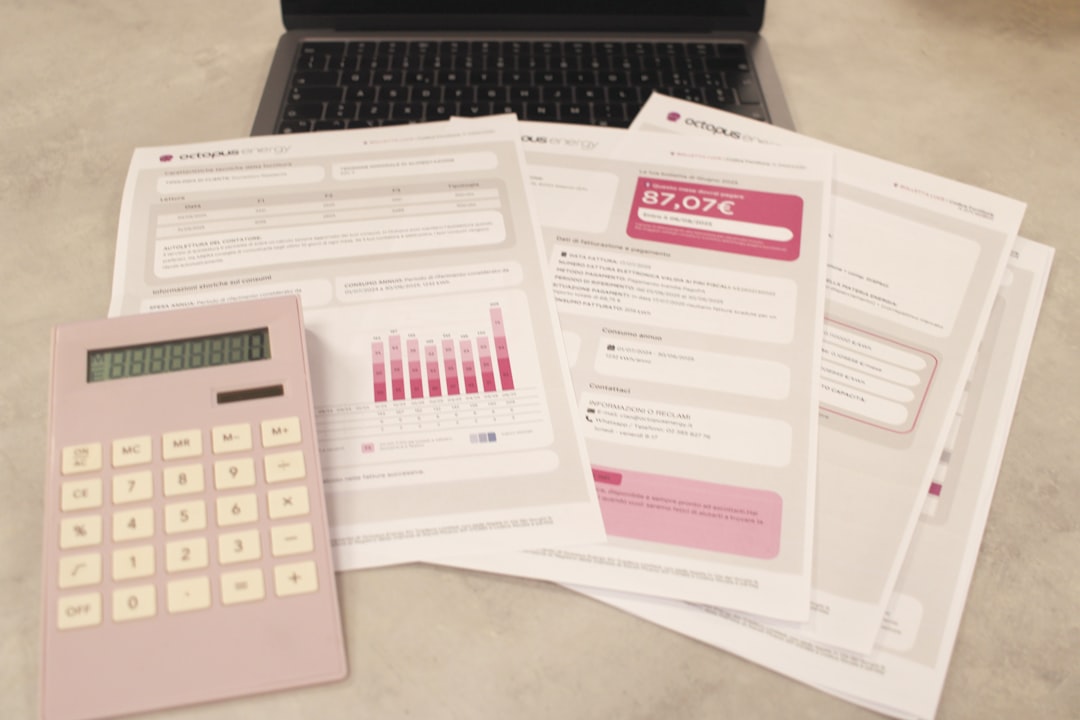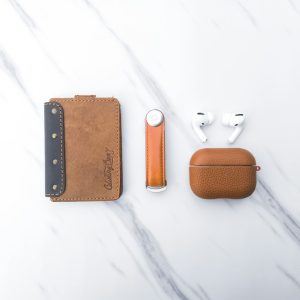
In recent years, eCommerce businesses have embraced new and creative ways to engage site visitors and increase conversions. One particularly popular technique is the use of discount wheel popups—interactive, gamified promotions that offer users a chance to spin a virtual wheel and win a discount or free product. When used responsibly, these tools can provide a fun, engaging experience for users while supporting business growth. However, their misuse or overuse can turn away visitors, harm a brand’s credibility, and raise ethical questions.
What Are Discount Wheel Popups?
Discount wheel popups are interactive popups often styled like a spinning wheel or prize wheel. They usually appear when a user enters a site or attempts to leave, offering the chance to “spin and win” a coupon, discount code, or free item in exchange for entering their email address. This form of gamification is designed to make the visitor feel they are participating in a game rather than just receiving a standard discount offer.

They are engaging, attention-grabbing, and can significantly improve conversion rates when deployed correctly. According to various analytics studies, incorporating gamification into marketing can increase customer interaction by 30-60% over traditional popup strategies. However, this increase must be considered in the context of user experience and overall trust in the brand.
Ethical Use of Discount Wheel Popups
Like any marketing tool, spinning wheels can be a double-edged sword. The key lies in how they’re implemented. Ethical use means avoiding deceptive practices and respecting the user’s time, privacy, and autonomy.
- Transparency: Let users know exactly what they’re signing up for. If an email is required, specify how it will be used.
- Honesty in Odds: Don’t present an illusion of high chances for top-tier rewards if only minimal discounts are realistically available.
- Real Value: Ensure the coupons or deals offered are meaningful and not gimmicks—offering a 1% discount as a “grand prize” will harm brand trust.
- Easy Opt-Out: Always allow users to close the popup easily without forcing interaction.
Overusing or misrepresenting promotions can erode consumer trust. Ethical marketing recognizes the importance of creating long-term customer relationships rather than exploiting psychological triggers for short-term gains.
How Discount Popups Influence Conversions
The psychology behind discount wheels is rooted in the concept of gamification combined with reward-based marketing. The “random factor” gives shoppers a feeling of excitement and the possibility of winning something valuable, which reduces decision anxiety and nudges them toward commitment.
Successful conversion stems from:
- Capturing Email Lists: Users need to opt-in, giving a direct line of remarketing through email.
- Creating Urgency: Time-limited or flash discounts obtained from the wheel often encourage quicker purchasing decisions.
- Reducing Cart Abandonment: Exit-intent popups with a spin wheel create a final opportunity to convert before a user leaves the website.

While the effectiveness is notable, brands must implement conversion controls to ensure that this strategy does not overstep or become an annoyance to users.
Best Practices for Managing Conversion Controls
Balance is the secret ingredient for maximizing conversions without alienating your audience. Conversion controls help maintain that equilibrium by customizing when and how the popups appear and manage frequency, segmentation, and A/B testing.
1. Trigger Timing
Avoid showing the popup immediately upon site entry. Instead, configure the wheel to appear only after a visitor has viewed several pages or has spent at least 20-30 seconds browsing. This gives users some time to become invested in your content.
2. Frequency Cap
Limit how often a return visitor sees the popup. Ideally, once per session is enough. Repeated exposure can frustrate users and diminish the perceived value of the offer.
3. Behavior-Based Targeting
Use behavior-tracking tools to trigger wheel popups only when specific conditions are met, such as:
- User is about to abandon a cart
- No previous wheel spin this session
- User clicked on a product page
4. A/B Testing
Perform regular split tests on wheel popup designs, offers, and timing. Track KPIs such as bounce rate, time on site, and revenue per visitor to ensure that the wheel is truly adding value. Optimization is crucial to long-term success.
5. Device Responsiveness
The wheel experience should be mobile-friendly. A large percentage of online shopping takes place on smartphones, making it essential that spinning wheels scale properly and are not intrusive on smaller screens.
Accessibility and Inclusion
Another arrow in the ethical quiver is accessibility. Ensure the discount popup is compliant with accessibility standards, including compatibility with screen readers and allowing keyboard navigation for users with different needs. Excluding a segment of your audience due to poor ux design undermines both ethical and business goals.

When to Avoid Using Discount Wheel Popups
Despite their effectiveness, discount wheels aren’t suited for every brand or situation. Here are a few scenarios when you might want to avoid or limit their use:
- Premium/Luxury Brands: Gamified discounts might cheapen the high-end image.
- Highly Regulated Industries: For health, finance, or legal companies, appearing too playful may harm reliability.
- Brands with Loyalty-Driven Models: Overuse could damage long-term value perception if discounts are expected every visit.
Conclusion
When thoughtfully and ethically implemented, discount wheel popups can be a powerful enhancement to any eCommerce marketing strategy. They combine the excitement of gamified interaction with tangible value, encouraging user participation and boosting conversions. However, like any tool, the key lies in responsible usage. Brands should adapt the strategy to fit their audience, respect user data, minimize disruption, and continuously monitor performance to strike the right balance between engagement and integrity.
FAQ: Discount Wheel Popups
- Are discount wheel popups effective for all types of websites?
- No, they are generally more suitable for eCommerce websites or brands that benefit from impulsive buying behavior. High-end or highly regulated industries may not benefit from such techniques.
- Will these popups annoy users and increase bounce rates?
- If implemented poorly—such as too frequently, too early, or without value—they can. Proper conversion controls help minimize friction and user frustration.
- Are discount wheels GDPR compliant?
- They can be compliant if users are clearly informed about data use and given explicit opt-in checkboxes. Be transparent and provide privacy notices.
- What kind of offers work best in the spin wheel?
- Offers that give real value—such as 10-30% discounts, free shipping, or small freebies—typically perform best. Avoid making fake or negligible offers.
- Can I use spinning wheels on mobile devices?
- Yes, but ensure they scale responsively and are not intrusive on smaller screens. Mobile usability should be tested frequently.






